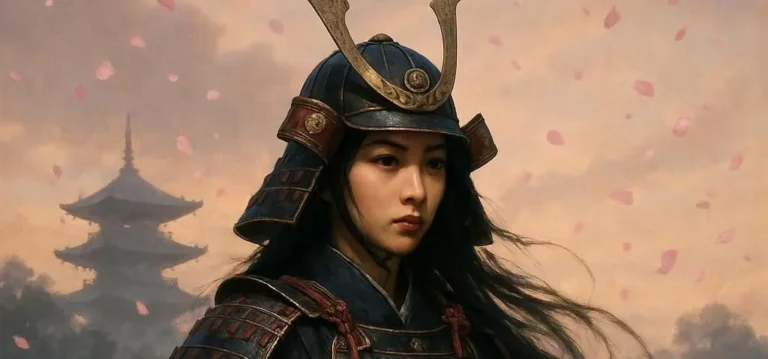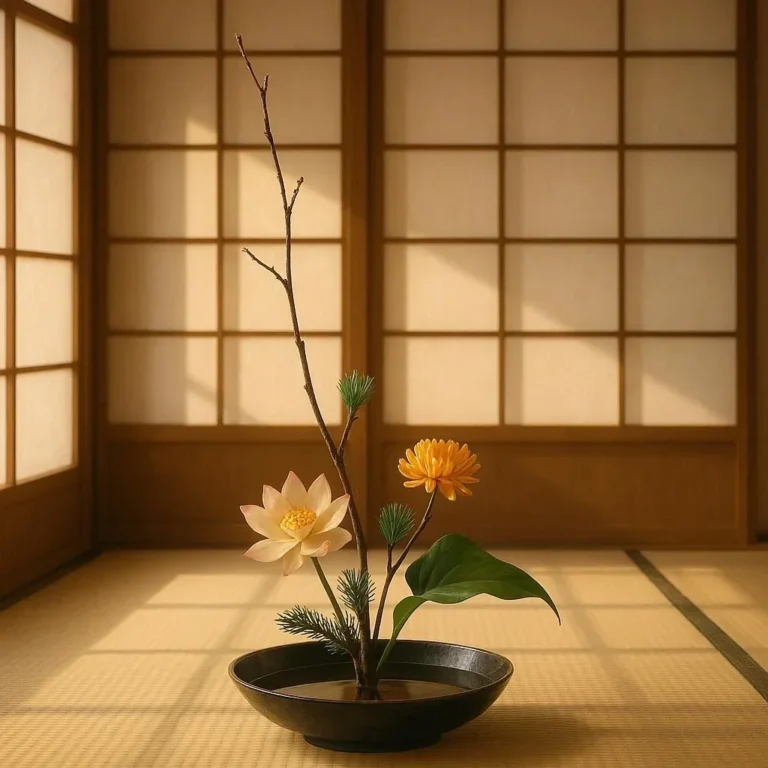508 views Samurai Castles: Power, Defense, and Legacy
Introduction
Samurai castles stand as enduring icons of Japan’s feudal past, marrying the martial prowess of the samurai with the architectural ingenuity of the Sengoku period. These monumental stone fortresses—ranging from the austere Himeji Castle to the imposing Matsumoto Castle—are far more than relics. They are testament to the interplay of strategy, social hierarchy, and cultural identity that shaped the Japanese archipelago for centuries.
In this post we explore three intertwined narratives: the political power they projected, the sophisticated defense systems that kept enemies at bay, and the lasting legacy that continues to influence architecture, tourism, and national consciousness today.
The Political Power Behind the Walls
1. Symbol of Authority
A castle in feudal Japan was much like a cathedral in medieval Europe: a powerful visual marker of nobility. When a daimyo—regional lord—constructed a grand stronghold, he was proclaiming his right to rule. The imposing gate, the extravagant keep (yagura), and the intricate name of the castle as an emblem all reinforced the lord’s prestige.
2. Administrative Hubs
Beyond a military bastion, castles served as administrative centers. They housed the daimyo’s household, the bureaucracy that collected taxes, and the local judiciary. The presence of a castle often spurred surrounding towns—kaiwa—to grow into bustling market villages. In this way, castles became engines of economic development and cultural exchange.
3. Cultural Patronage
Samurai leaders were also keen patrons of the arts. Within castle walls, they sponsored tea ceremonies, calligraphy, and ukiyo-e artists. The castle’s architectural style—wooden roofs, lacquered panels, and meticulously carved stone—gave architects a canvas to blend practicality with aesthetic flourish, creating spaces that carried both martial and artistic resonance.
Defensive Mastery: How Samurai Castles Stood Guard
1. Geographic Relevance
The most renowned defensive strategy hinged on geography. The Japanese archipelago’s rugged terrain forced many castles to be built on hilltops or cliffs. Advantages were obvious: visibility over approaching forces, natural stone walls, and difficult access routes. Nagoya Castle, for instance, sits atop two hills, providing a commanding view formed into a sweeping fortification.
2. The “Kuruwa” System
In traditional castle design, the kurwa—a series of concentric enclosures—created a layered defense. Each courtyard was separated by a gate, wall, and sometimes a moats. If an enemy breached the outer gate, they’d still face a robust inner defense layer, allowing defenders to regroup and regroup.
2.1 Earthquake‑Resistant Features
Japanese castles were engineered to survive seismic activity. Walls were often built with isodomic stonework, using interlocking stones of different sizes guard against tremors. Additionally, gunkin stone pillars were interwoven with bamboo and straw for elasticity.
3. Moats and Water Defenses
Moats—known as kana—transcended purely defensive purpose. Beyond flooding attackers, moats forced them into a narrower, more predictable path. Many fortresses, especially in southern Japan where rice paddies offered ample water, integrated wide, two–meter‑deep moats that made scaling up impossible for infantry and cavalry.
4. Defense Towers and Gunpowder Innovations
By the Edo period, the adoption of firearms necessitated new stone towers with gunfire embrasures. The meitaku‑torii—a stylized gate with a high, narrow flag—and taiho‑sen—gun-shaped stone outcrops—allowed archers to fire along the castle’s perimeter without exposing themselves.
4.1 The Towering Lap of the Yagura
These heavily fortified turrets served as both lookout points and artillery positions. Their height sharpened the defenders’ line of sight, allowing for early detection of encroaching armies. An example is the 14‑story Yagura at Kumamoto Castle, which remains the tallest in Japan.
5. Home‑Turf Psychological Warfare
The psychological impact of castle walls cannot be understated. The grandeur of a castle—its elevated gates, blooming gardens, and the smell of incense—instilled awe. Conversely, the sight of a deserted but well‑fortified castle may have deterred would‑be attackers, knowing the defenders were ready for a prolonged siege.
Legacy: The Enduring Influence on Modern Japan
1. Architectural Revival and Restoration
Following the Meiji Restoration, many castles were dismantled or repurposed. However, a growing preservation movement—kokyaku den—sought to safeguard these cultural assets. Today, over 70 Japanese castles have been restored to their original or near-original states, complete with wood‐based structures, stone walls, and historically accurate interior décor.
1.1 International Collaborations
In 2019, UNESCO listed Ōdate and Gibe castle as world heritage sites, ensuring global recognition. International teams of architects and historians collaborate, bringing together centuries of local expertise and modern conservation techniques, such as digital laser‑scanning and 3‑D modeling.
2. Tourism and Economic Impact
Castles have become the engines of kisoji heritage routes and matsuri festivals. Seasonal events like Himeji’s “White Knight Autumn Festival” draw half a million visitors each year. These events infuse local economies with revenue from lodging, food, and souvenir sales.
3. Cultural Icons in Media and Pop Culture
The influence extends far beyond bricks and mortar. From the video game series “Nioh” to the anime “Demon Slayer” and films like “The Last Samurai”, castle settings evoke timeless samurai ethos. These portrayals reinforce Japan’s historical identity while simultaneously modernizing its cultural lexicon.
4. Sustainable Design Lessons
Modern architects still study these stone fortresses. Elements such as passive cooling via stone walls, flood‑resistance moats, and maze‑like internal layouts inspire earthquake‑resistant, sustainable urban planning—especially in dense megacities grappling with climate change.
Conclusion
Samurai castles embody a triumvirate of power, defense, and legacy. They were political statements, bastions of complex engineering, and living relics that interact with present‑day culture. When examined through the lenses of architecture, society, and technology, Japanese castles reveal more than just a static wall—they’re living, breathing symbols of the nation’s indomitable spirit.
By preserving these edifices and weaving them into the modern narrative, Japan continues to honor its past while charting a resilient, culturally-rich future.







